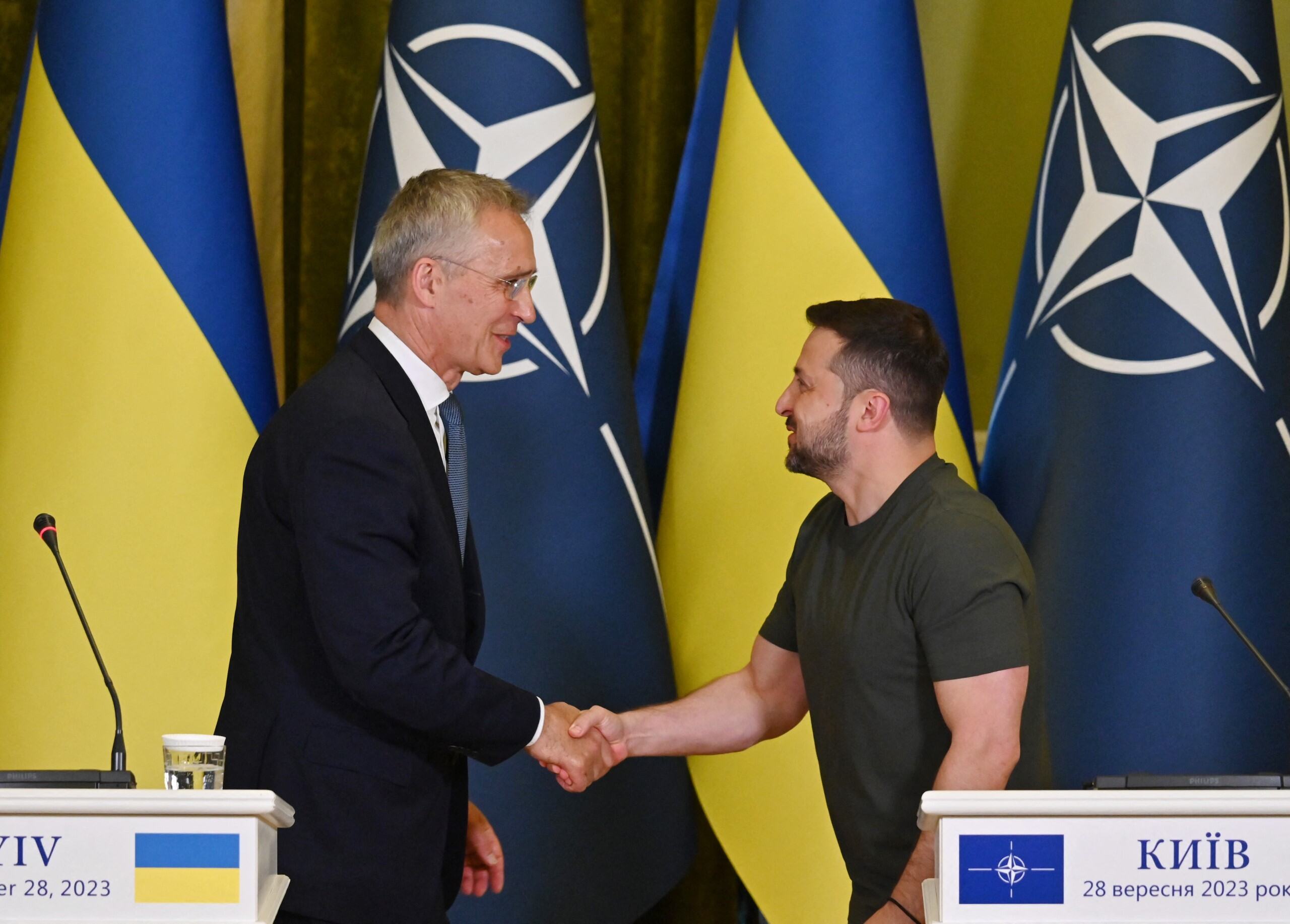How Trade Wars and Shifting Politics Have Left Russia and Ukraine Isolated on the Global Stage
How Trade Wars and Shifting Politics Have Left Russia and Ukraine Isolated on the Global Stage
By
Rachel Steinberg
Last updated:
July 28, 2025
First Published:
August 6, 2025

Photo credits: SERGEI SUPINSKY/AFP
Trade Wars Overshadowing a Lingering Conflict
For months, global headlines have been dominated by trade wars and tariff battles, often overshadowing the brutal and persistent conflict raging between Russia and Ukraine. Despite intense fighting over strategic frontline territories, the war now risks fading into the background of an increasingly complex geopolitical chessboard.
While Russia faces looming threats of “very severe” U.S. sanctions, Ukraine grapples with growing dissatisfaction among European partners due to recent government reforms and internal political shifts.
Global Distractions and Waning Attention
Amid rising tensions in Gaza, economic uncertainties in the U.S. and Europe, and emerging rivalries between global powers, the three-and-a-half-year war between Russia and Ukraine has seen a drop in media and diplomatic focus. Even high-profile peace talks held in Istanbul this week barely captured international attention.
The war’s trajectory remains uncertain, with both sides entrenched and peace prospects distant.
Trump’s Hardline Deadline and Escalating Sanctions
Former President Donald Trump publicly set a stern ultimatum on July 14: Russia has 50 days to negotiate a peace deal with Ukraine or face secondary tariffs up to 100% alongside “very severe” sanctions. He also signaled that future U.S. arms shipments to Ukraine might depend on NATO allies footing the bill.
These measures threaten to isolate Russia further, potentially crippling its trade ties with key partners like India and China, which continue to purchase Russian oil, gas, and other commodities.
Russia’s Calculated Response
Despite the sanctions threat, analysts doubt Russian President Vladimir Putin will sincerely pursue a ceasefire by the September 2 deadline. The Kremlin appears to be betting on U.S. political divisions and the reluctance to engage in secondary sanctions that would disrupt relations with China and India.
Mykola Bielieskov, research fellow at Ukraine’s National Institute for Strategic Studies, explains:
“The Kremlin assumes the U.S. under Trump lacks a cohesive policy to sustain pressure on Russia. Secondary sanctions that target major trading partners require a willingness to risk confrontation with China and India.”
Bielieskov also notes that the timing and volume of weapons deliveries to Ukraine remain uncertain, adding layers of complexity to the conflict’s dynamics.
Ukraine’s Strategic Balancing Act
Dependent on Western support for arms and funding, Ukraine has shown a more flexible stance recently, including calls for ceasefire talks—echoing Trump’s public appeals—that have yet to receive a response from Moscow.
Kyiv has even hinted at conceding some Russian-occupied territory in exchange for the “holy grail” of NATO membership, though Russia shows little indication of accepting any Western security guarantees.
Domestic Challenges Erode Ukraine’s Standing
Ukraine’s internal politics add to the turbulence. Recent protests in Kyiv erupted in reaction to government attempts to curtail the independence of anti-corruption agencies, sparking concerns among European Union officials about Kyiv’s democratic commitment—a critical factor for EU accession prospects.
A mid-July government reshuffle intensified fears that President Volodymyr Zelenskyy is consolidating power among loyalists, potentially unsettling international supporters.
Tatiana Stanovaya, senior fellow at the Carnegie Russia Eurasia Center, highlights:
“Ukraine faces a critical phase of internal consolidation amid mounting external uncertainties. The Zelenskyy administration aims to reinforce political control to maintain cohesion despite rising pessimism and institutional inertia.”
Stanovaya adds that Western aid is increasingly transactional, focused more on sustaining Ukraine’s front lines than advancing democratic reforms.
The Shift in Western Engagement
With Trump adopting a posture of tactical delay, transferring more responsibility to European allies, Kyiv finds itself recalibrating amid a changing landscape of international support. This shift could reshape the conflict’s future as global attention drifts and economic pressures mount.
Trade wars, tariffs, and evolving geopolitical strategies have reshaped the context surrounding the Russia-Ukraine war, pushing it into a precarious position on the international agenda. With escalating sanctions threatening Russia’s economy and internal challenges fracturing Ukraine’s cohesion, the path toward peace remains clouded and uncertain.
As global powers maneuver for advantage, the conflict risks becoming yet another casualty of wider trade and political battles.
Popular articles
Subscribe to unlock premium content
Disney’s Timeless Magic and How the Entertainment Giant Continues to Shape Culture and Innovation

Imran Khan’s Economic Missteps Amid Political Chaos in Pakistan

The Philippines’ Digital Shift How Remittances and BPO Are Fueling Growth

Disney’s Timeless Magic and How the Entertainment Giant Continues to Shape Culture and Innovation

Imran Khan’s Economic Missteps Amid Political Chaos in Pakistan

Disney’s Timeless Magic and How the Entertainment Giant Continues to Shape Culture and Innovation









